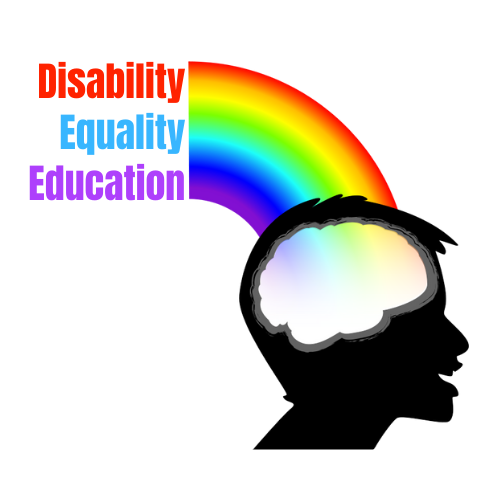Disability Justice Lesson Plan - Education Amplifier
Disability Justice Lesson Plans by Education Amplifier as part of the We the Future Series
*This lesson was developed by Education Amplifier and links to an external source.
Summary:
In this lesson plan, you’ll find six modules that you can mix and match, that all teach about different aspects of disability rights and disability justice.
Students will develop a basic understanding of disabilities, different types of disabilities that exist, and different definitions and models for understanding and defining disabilities.
Students will be able to define ableism and understand how ableism is a form of structural oppression.
Students will learn strategies for working against ableism in society and in their own schools and communities.
Students will be able to unpack the differences between disability justice and disability rights approaches.
Students – disabled and nondisabled alike – will learn the difference between being an ally and an accomplice to many disabled people’s movements.
Students will understand the values and principles in disability justice and disability rights.
Subject and topic:
ELA, Diversity and Equity, Social and Emotional Learning
Grade level:
11th and 12th
Duration:
The activities in this lesson plan add up to more than a 45 to 60 minute session. This is intentional to allow for choice and flexibility. Activities can be done over several sessions and you may choose to select and edit the activities so they meet the needs of your participants.
Links to download lessons:
Registration is required to access these lesson plans: https://amplifier.org/education/
Once registered, you will have access to their Google Drive Folder with many lessons, however the one we are referencing is found in the “We The People” folder and titled “Amplifier: We the People Disability Justice Lesson Plan”. Once registered, you can find that lesson plan at this address: https://drive.google.com/file/d/1BqvJNO-0ppuGY6nSXfJlf1Di8DkxLL1b/view?usp=share_link
